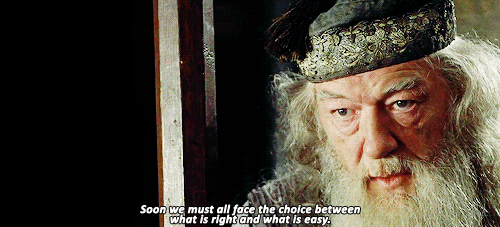It has been suggested by several folx in education – most working outside the classroom – that we may be missing an opportunity to dramatically re-think, re-imagine, re-design, re-create learning, schools, and public education during the pandemic. We are not missing this opportunity, and hearing people say this makes me want to box their ears.
In a conversation with some teachers a couple days ago, one commented prepping for yet another return of students felt like she was in her fourth September this school year. Imagine, had I suggested in that moment that she was missing the opportunity to dramatically re-think her teaching practice.
It would not only have been tone deaf, it would have been uncaring.
We will get to the opportunity phase of all this, but we are not there yet. Right now, we are still in the survival, compassion, and empathy stage of this. We are in the place where everyone who is going to work is showing up with the knowledge they could unwittingly become infected by those in their care and pass that contagion on to those they love.
In one of the most deeply human professions, people are still required to be physically distanced and masked when interacting.
My attempt to re-imagine public education right now would start and end with me imagining it without the fear of catching a plague.
It does seem, as we settle into a very strange sense of routine, that we have gotten past the limitations of only solving those problems directly in front of us. Room is opening up for us to begin to think about the After Times. These will be the times of re-imagining.
I would posit, before we get there, we can carve out time for pausing and reflecting. Not time for planning, but time for asking as faculties and school communities, what we are learning and what’s working or not. Our schools and school systems have been in literal survival mode for nearly a year. One would hope school and district leaders are starting to hold space in meetings to return to listening to the people in the room.
Learning cannot happen unless people feel a sense of pyschosocial and physical safety. With all that has transpired this past year, we must build those senses of safety before we can hope to re-build learning and teaching.
The opportunity now is to listen. If we miss that opportunity now, when we arrive at the opportunity to re-create, we will miss it as well.



![Dunlap Broadside [Declaration of Independence]](https://farm4.staticflickr.com/3633/3694394069_2d41fa536e.jpg)
